Using robot tracks and welding positioners together is transforming welding processes today. These tools are intended to greatly increase operational flexibility, accuracy, and productivity. Welders and robotic systems can easily access workpieces using single-axis welding positioners, which are perfect for managing workpiece angles. The welding productivity is further enhanced by the more dynamic movement that these positioners provide when combined with robot tracks. Let’s examine the advantages and increased efficiency of contemporary welding procedures brought about by this combination.
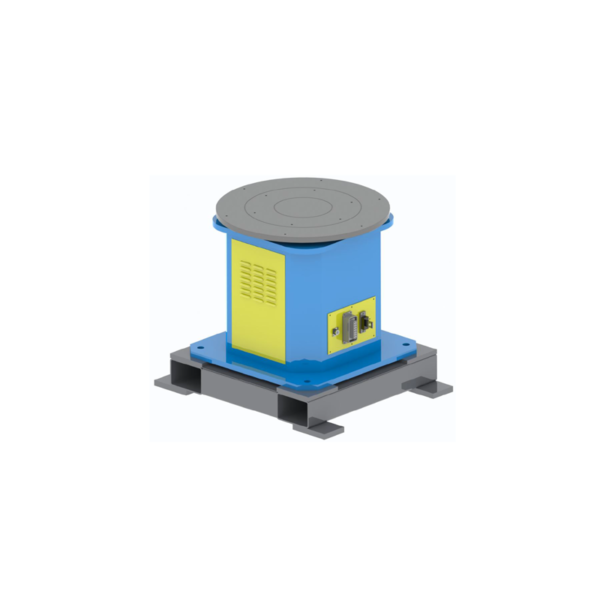
Welding positioners on One Axis: What Are They?
Workpieces are positioned and rotated by single-axis welding positioners to provide the best welding access. They provide consistent weld quality by enabling precise control over job angles. Both manual and robotic welding may be done with these welding positioners since they are simple to incorporate into automated welding systems. With welding positioners, human error is reduced by eliminating the requirement for manual repositioning. Robots that use welding may easily accomplish complicated weld angles because to their rotary mobility. There are fewer flaws and more uniform welds as a consequence.
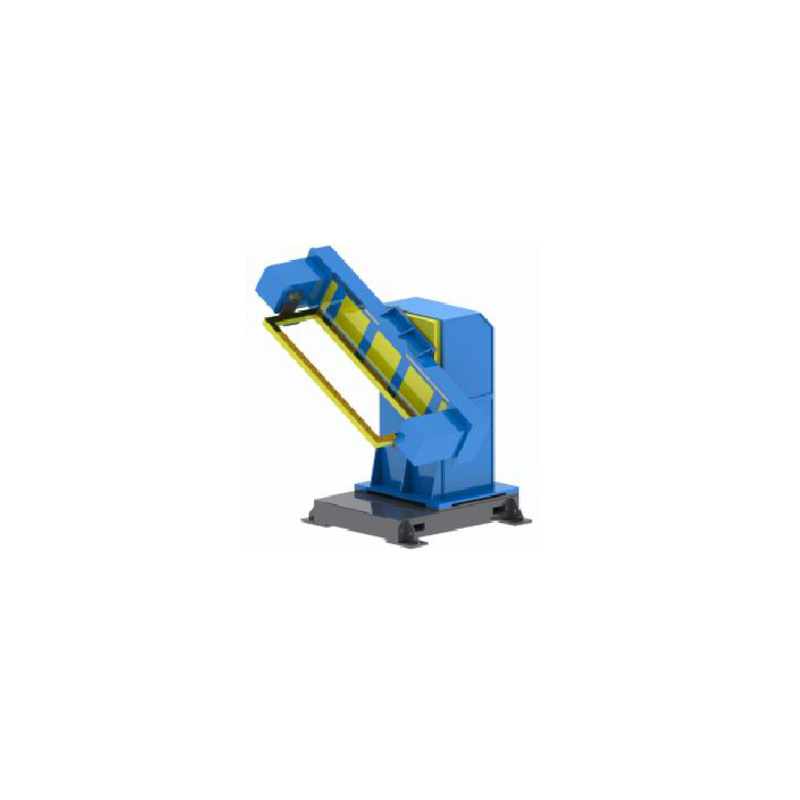
Robotic Tracks’ Function in Welding Procedures
Automated welding systems can move about a workplace with ease thanks to robot tracks. They enable access to longer or larger workpieces by extending the robot’s working range. Robot tracks that are integrated with welding positioners provide constant, accurate movement when welding. This configuration allows welding robots to handle bigger tasks, which greatly decreases downtime and increases production. In businesses that need a high level of automation, the flexibility offered by robot tracks is vital. An effective welding solution is provided by positioners and robot tracks working together.
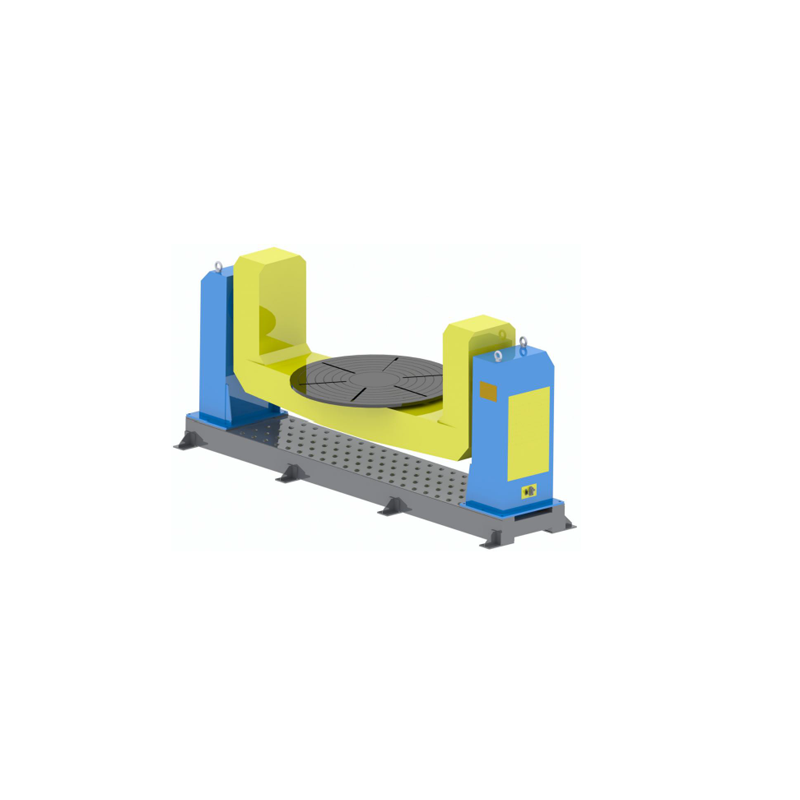
Robot tracks and positioners provide increased precision.
Welding requires precision, and single-axis welding positioners are essential to attaining this goal. The workpiece stays in the proper position during the welding process thanks to the regulated movement provided by welding positioners. Combining welding robots with robot tracks allows them to travel between locations with ease and accuracy. The combined effect of welding positioners providing exact rotation and robot tracks maintaining a constant pace enhances the overall quality of the welds.
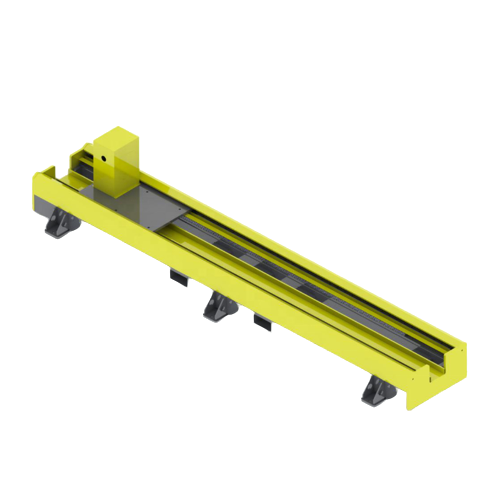
Adaptability to a Variety of Users
Combining robot tracks with welding positioners allows for adaptability in a variety of welding applications. Heavy machinery, the automobile industry, and the aerospace sector are among the industries that can benefit from single-axis welding positioners. These sectors frequently call for the welding of massive components and intricate geometries. Robot tracks provide an additional degree of adaptability by enabling robots to travel next to several workstations or lengthy workpieces. A more flexible and adaptive welding process is ensured by the seamless integration of welding positioners with robot tracks.
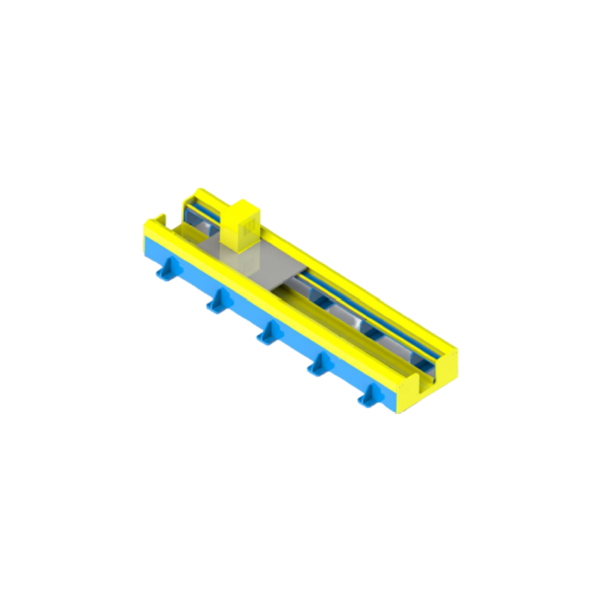
Automating Safety Measures
Automation in welding improves safety while also increasing production. Because welding positioners eliminate the need for workers to physically handle large workpieces, there is a lower chance of accidents. Robot tracks enable welding robots to do operations on their own, significantly increasing safety. This automated arrangement makes the workplace safer by keeping human workers away from potentially dangerous welding settings. Robot tracks and welding positioners work together to maximize efficiency while upholding strict safety regulations for manufacturers.
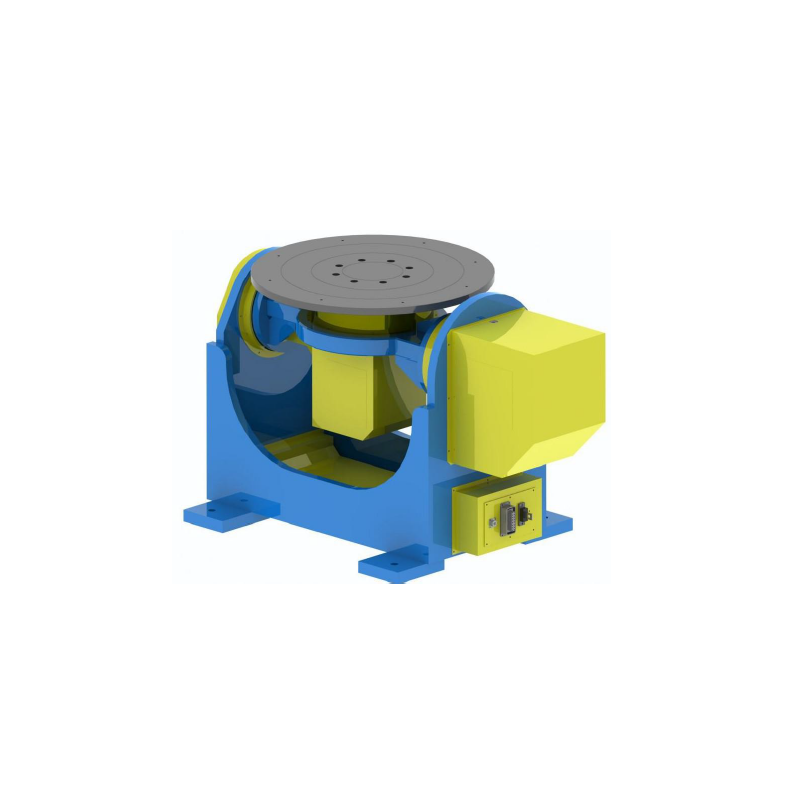
Savings over the long run and cost effectiveness
Long-term cost reductions can result from integrating robot tracks with welding positioners. These tools lower labor expenses and the possibility of mistakes by automating the movement and placement of workpieces. By assisting in the production of uniform welds, welding positioners lessen the requirement for rework. By enabling continuous welding, robot tracks save manufacturing time and expenses even further. For extensive welding projects, these instruments work well together and are reasonably priced.
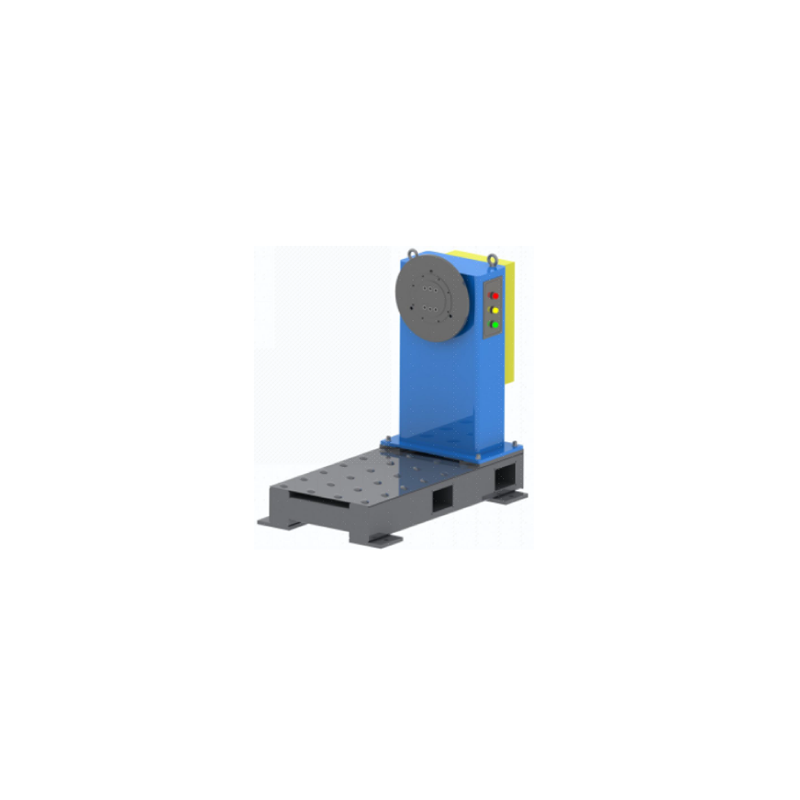
Conclusion: Positioners and Tracks: The Key to Increasing Productivity
In conclusion, combining robot tracks with single-axis welding positioners is a good method to increase welding operations’ productivity. While robot tracks increase the robot’s reach and welding positioners provide precise control over workpiece location, the combination results in a dynamic and adaptable welding process. This combination lowers long-term costs, increases safety, and improves accuracy. Enterprises seeking to optimize their welding output have to contemplate utilizing the advantages of welding positioners and robot tracks.
